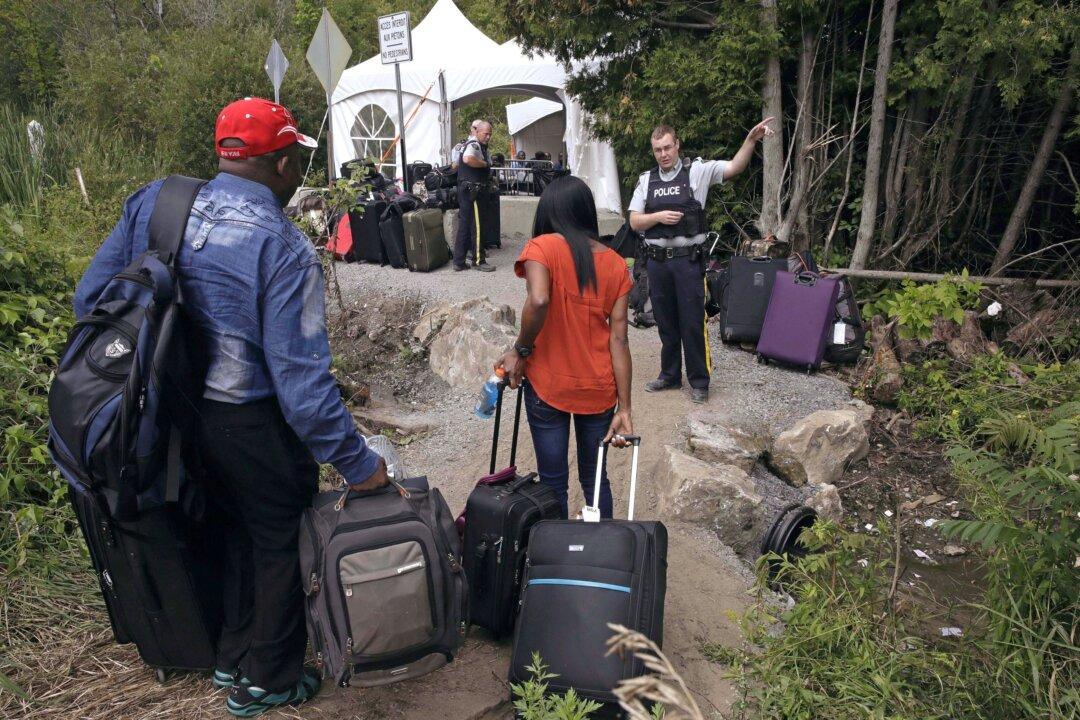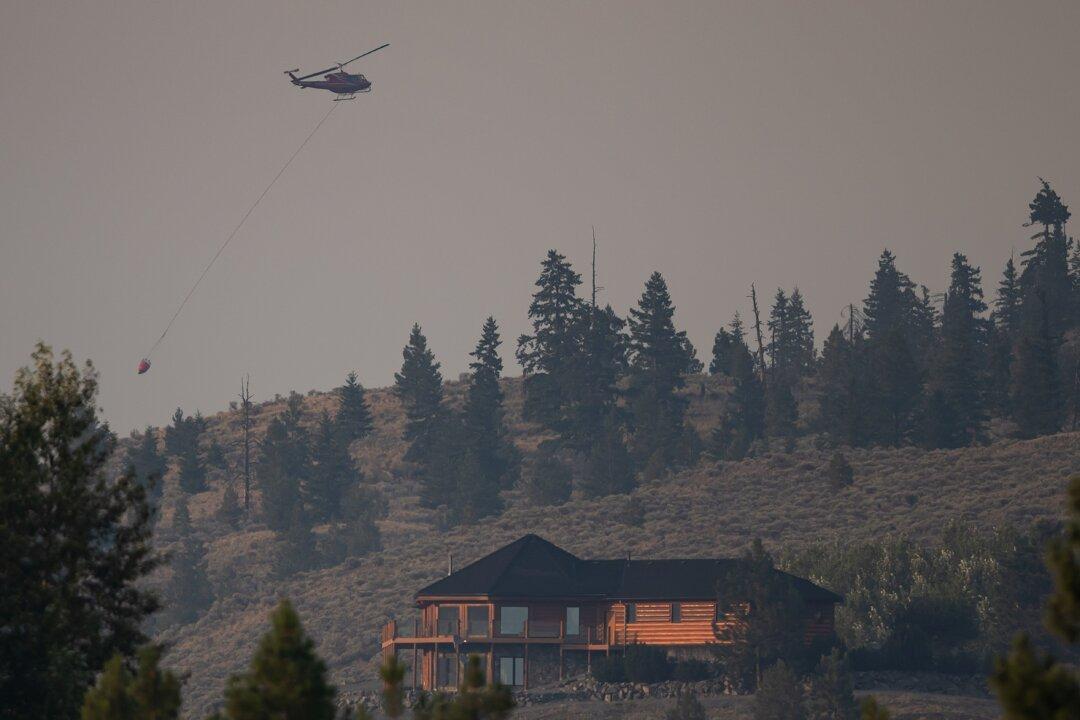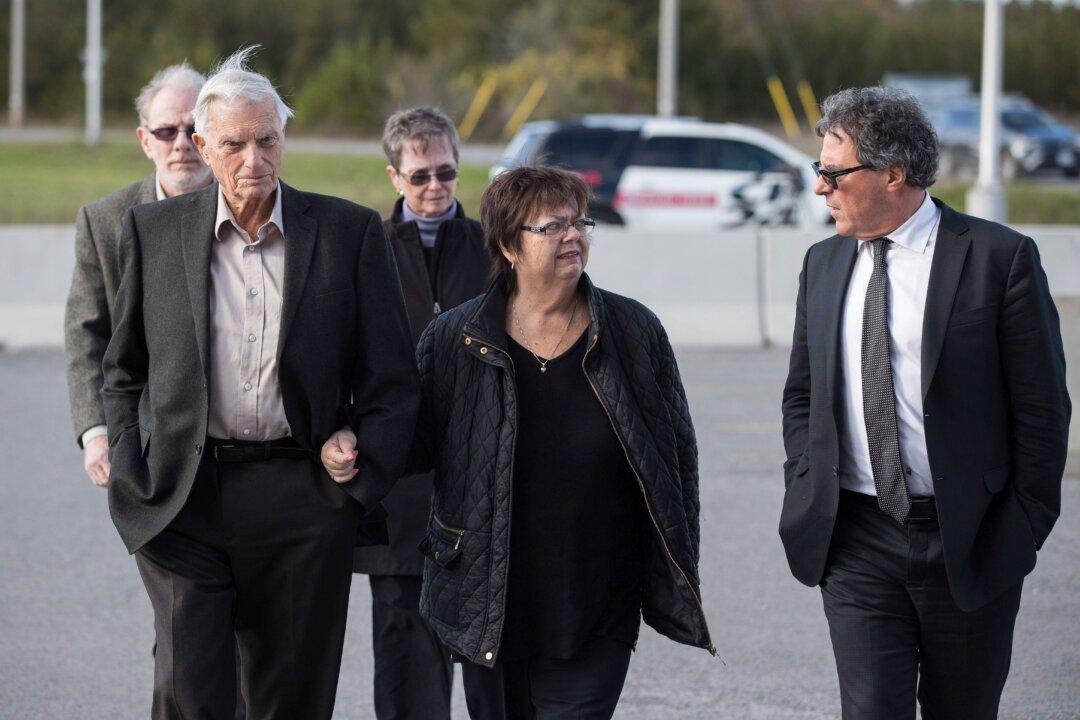Two weeks before Federal Court Justice Ann Marie McDonald struck down the Safe Third Country Agreement’s application in Canada on constitutional grounds, California’s 9th District Court of Appeals backed an injunction against a similar, nascent third country asylum rule announced in July 2019 by the Department of Homeland Security.
Rhode Island lawyer Peter Margulies, an expert on national security law, says there are parallels in the decisions, but U.S. asylum cooperation agreements with Honduras, El Salvador, and Guatemala are a “travesty” compared to the 16-year-old treaty between Canada and the United States.





